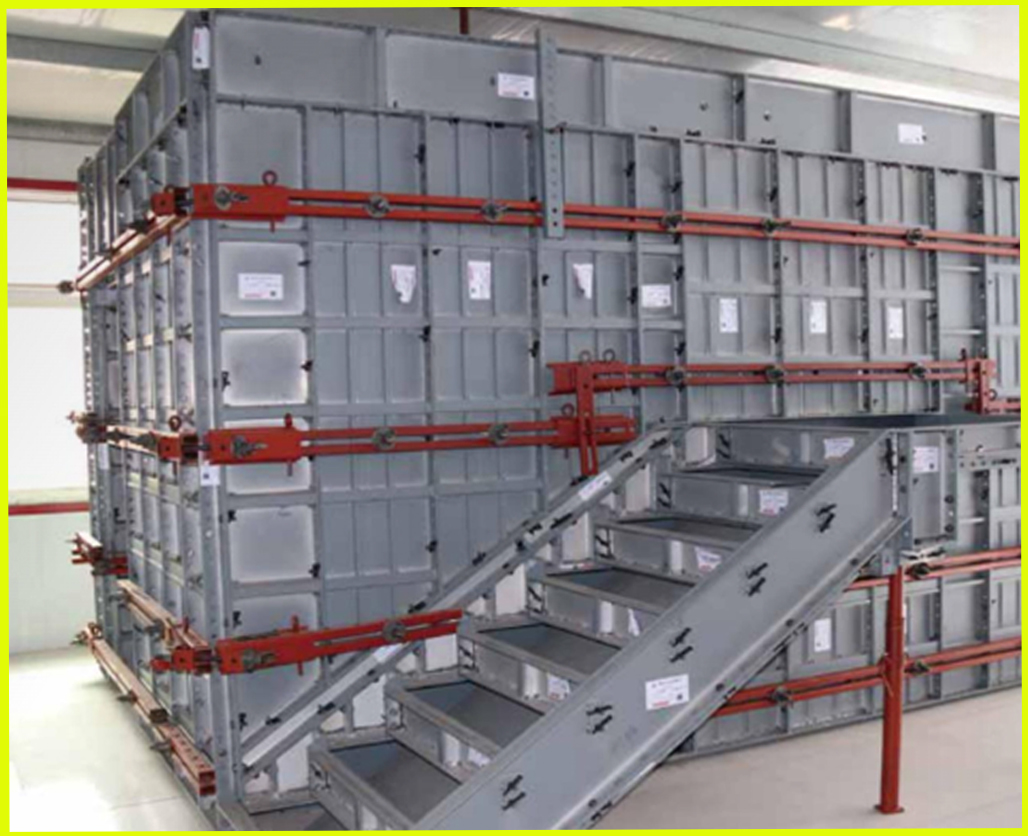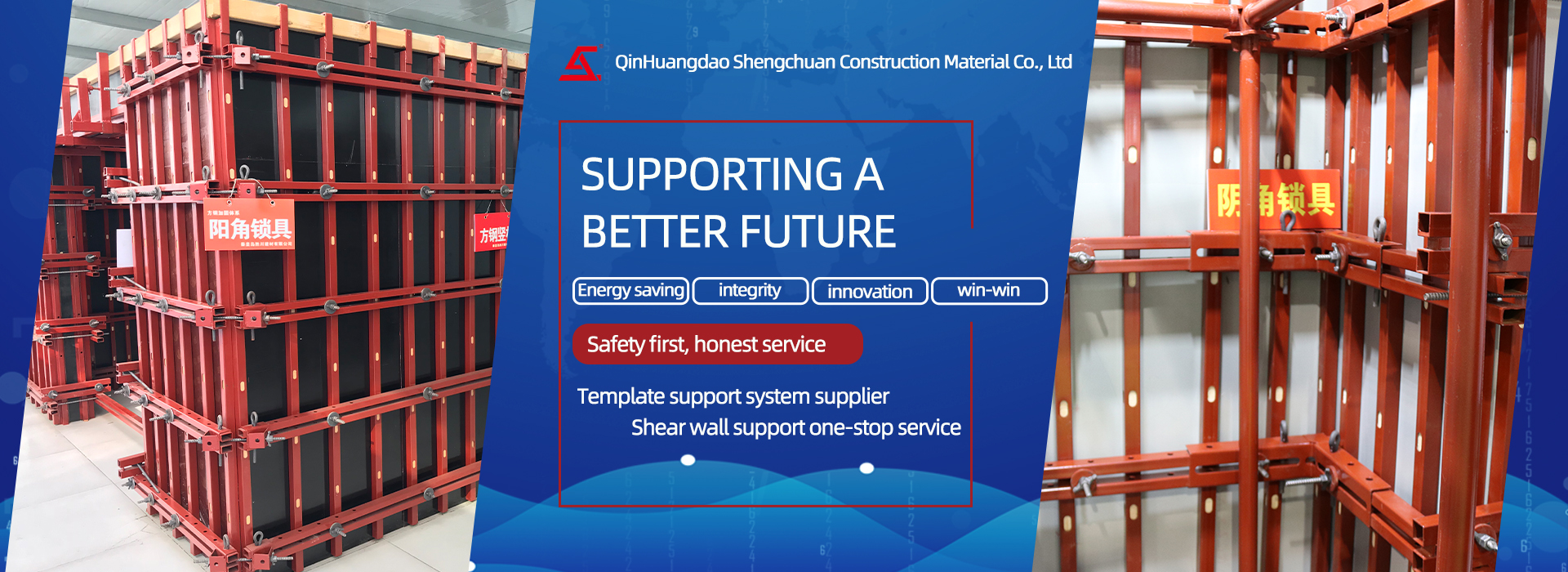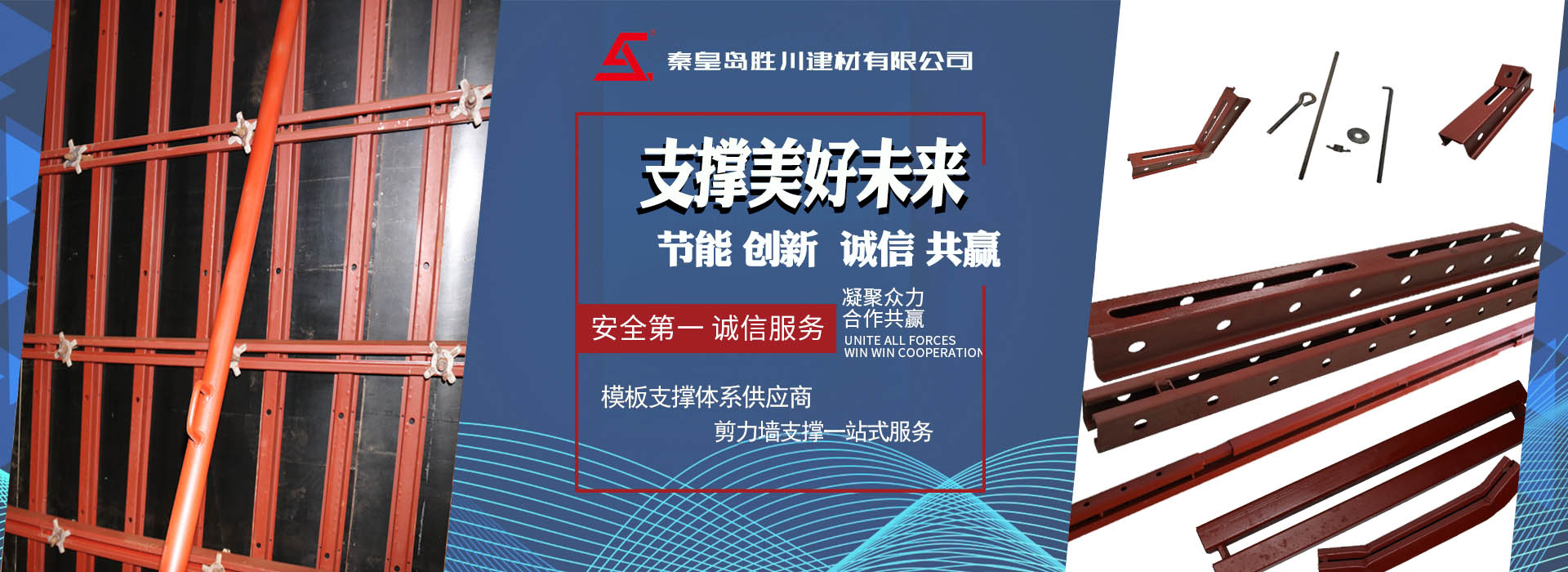
Disadvantages of aluminum formwork

Every product has advantages and benefits, but also certain disadvantages. There is no perfect product. The same is true for aluminum templates. The advantages of aluminum molds include: good strength and stability: aluminum alloy template components made from standard extruded profiles have strength, stiffness, and stability. Less stitching, high accuracy; Short cycle and high efficiency; Multiple recycling; Low comprehensive cost; Wide application range; Environmental protection at the construction site; High recycling rate. Below are the disadvantages of aluminum templates:
High drawing requirements: Due to the need to optimize architectural drawings, structural drawings, and other drawings into special drawings for aluminum alloy formwork in the early stage, the professional level of designers is highly required.
High requirements for mold design: Compared to personnel using two-dimensional mold CAD software, they need to have a certain amount of experience, imagination, and knowledge.
High non-standard rate: Due to the simplicity of the building structure and the low modulus of the building structure, the non-standard rate remains high, seriously restricting the development and expansion of manufacturers.
Poor on-site modification: Due to the uniform configuration of aluminum alloy templates and the uniform processing of profiles in the factory, there were errors at the construction site that could not be changed and could only be redone. The wooden template will not have such a problem, and can be changed according to the on-site situation, with flexibility.
Need to select high-quality suppliers for backing: Most manufacturers use steel backing to reinforce aluminum alloy templates. When selecting suppliers, attention should be paid to the company's strength, product quality, and product after-sales service.
Large one-time investment: Due to the relatively large one-time investment in aluminum alloy templates, many manufacturers are afraid to put into production.




 Jgw Anbei No. 13032202000134
Jgw Anbei No. 13032202000134


